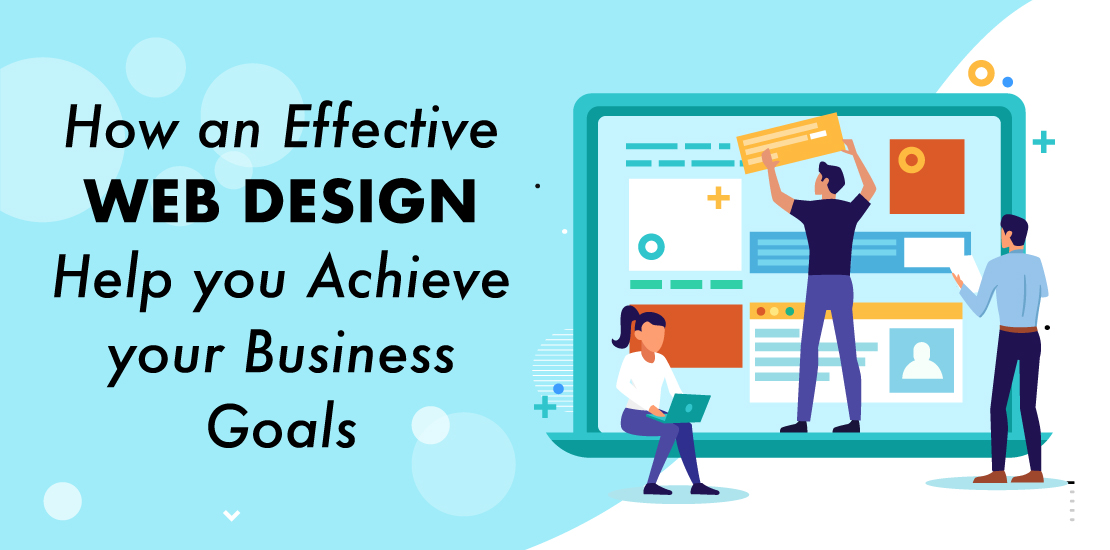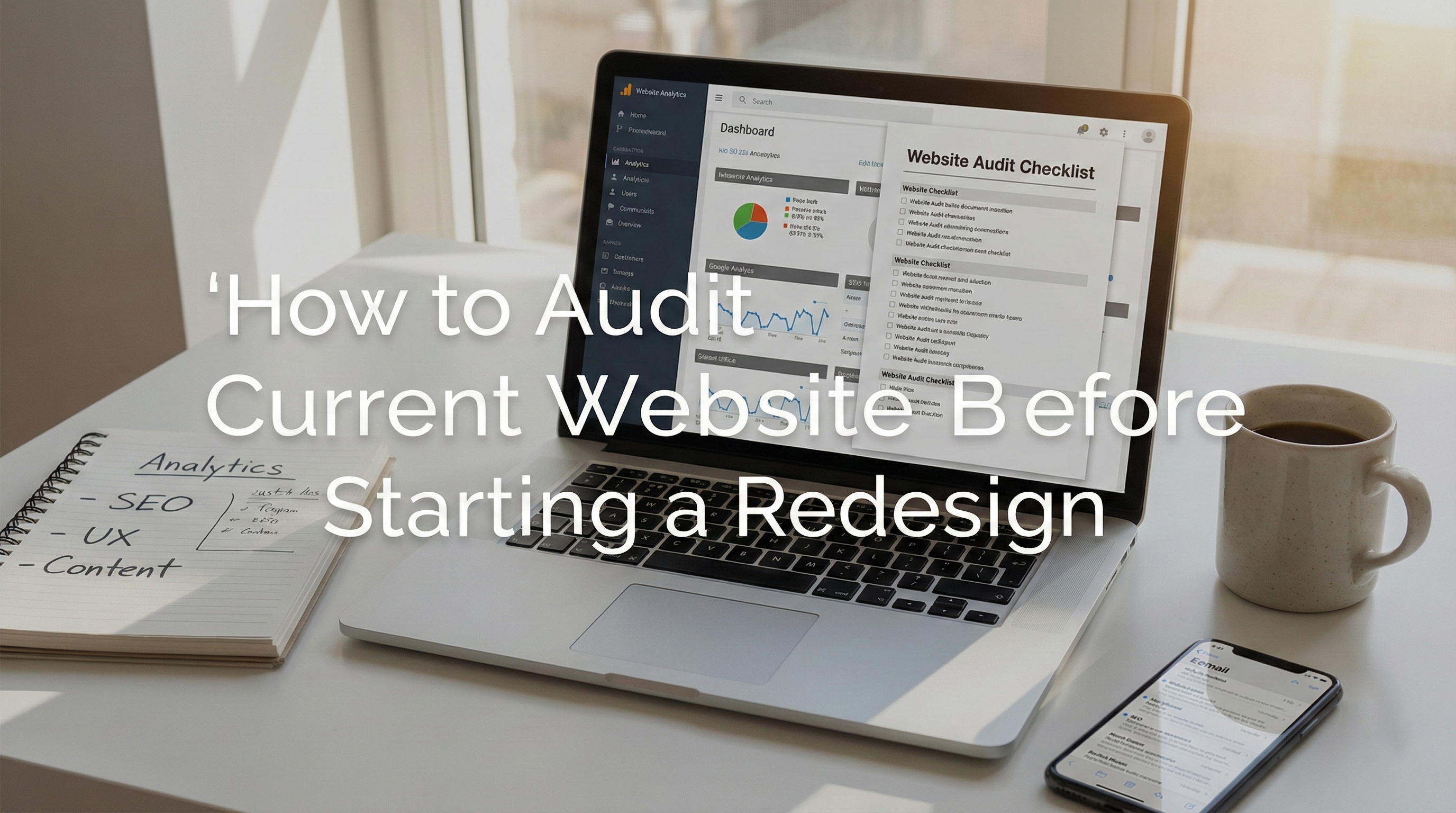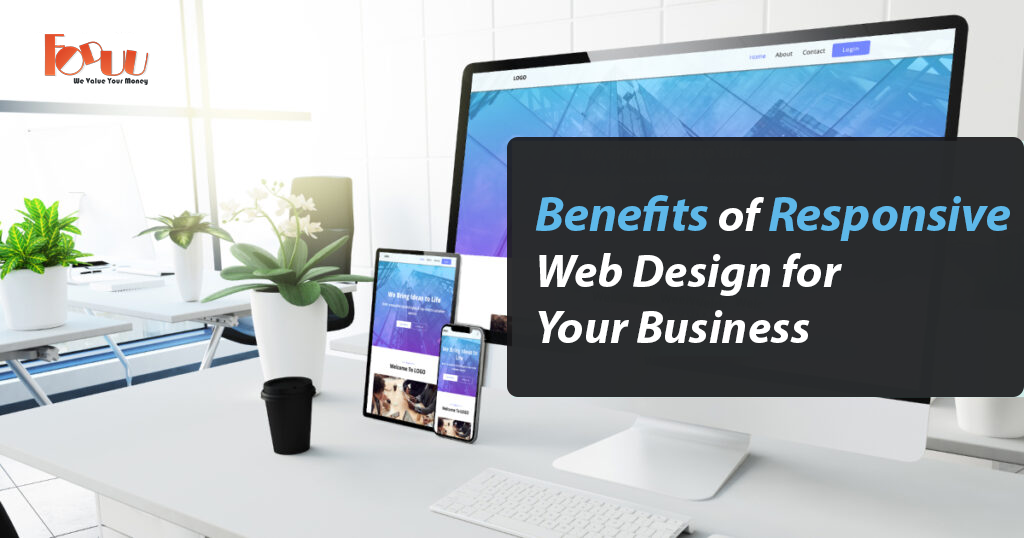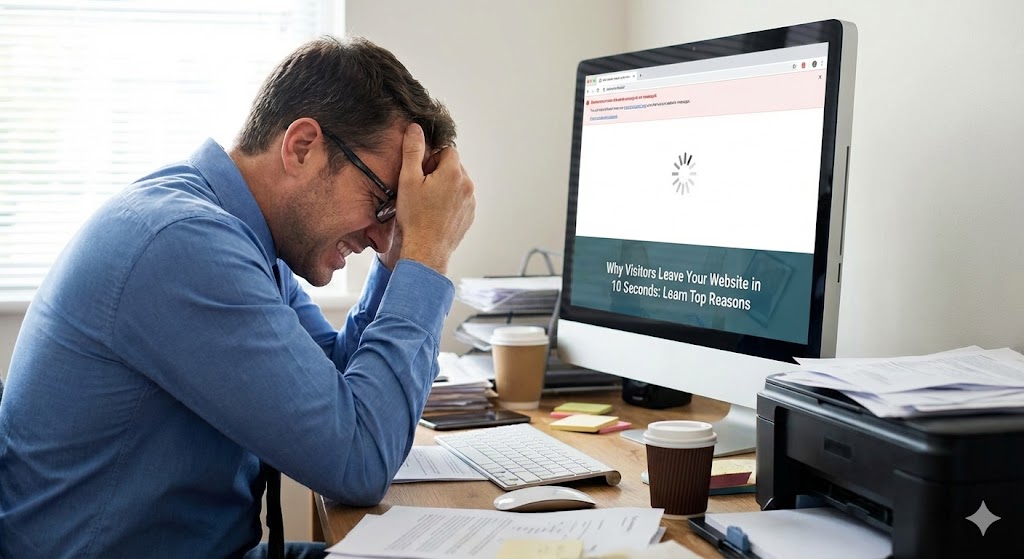An efficient website design should fulfill its intended purpose by conveying its unique message while engaging the visitor at the same time. Several factors contribute to good website design, such as clarity, colors, typography, graphics, simplicity, and functionality.
There are several main variables when creating a website that will lead to how it is viewed. A well-designed website will help create a trust to take action and direct tourists. It includes making sure that your website design is designed for usability (form and aesthetics) and how simple it is to use (functionality) to create a better user experience. Any guidelines that will assist you when planning the next web project are below.
WEBSITE GOALS
Your website needs to meet the user's needs. The user will be able to connect with what you have to offer with a quick, straightforward purpose on all pages. What is your website's purpose? Do you offer practical knowledge, such as 'How to Guide'? Is it a website for entertainment such as sports coverage, or are you offering the consumer a product? There are several distinct uses that websites can have, but all websites have common core purposes;
- Describing Competence
- Constructing your reputation
- Leads Generating
- Retail and After Treatment
KEEP IT SIMPLE
When considering the user interface and the accessibility of your website, simplicity is the best way to go. Ways to achieve simplicity through design are given below.
Color
Color has the ability to connect and elicit emotional reactions to messages. Finding a color palette that matches your brand will allow you to influence the behavior of your client towards your brand. Keep the range of colors restricted to less than 5 colors. Complementary colors work very well. Pleasing variations of colors improve customer loyalty and make the user feel good.
Typography
On your website, typography has a significant role to play. It demands focus and serves as the voice of the brands' visual perception. Typefaces should be legible and use a maximum of 3 separate website fonts only.
High-quality images and use of graphics
Any visual feature used in communications is imagery. Photography, illustration, video and other types of graphics are also included. All imagery should be descriptive and capture the company's spirit and serve as the manifestation of the personality of their brand. Most of the initial information we use on websites is visual and it is crucial to use high-quality photos as a first impression to create an impression of professionalism and reputation in the mind of the user.
Website Consistency or Website Flow
Navigation is the way that people connect and locate what they are searching for by finding a method used on websites. To retain visitors, website navigation is important. Visitors will give up and find what they need elsewhere if the navigation of the websites is frustrating. Keeping navigation on any page simple, intuitive, and consistent is important.
Reading f-shaped Pattern
The most common way visitors search text on a website is the F- based pattern. Studies of eye-tracking have shown that much of what people see is in the screen's top and left field. In the West (left to right and top to bottom), the F 'shaped layout mimics our natural reading pattern. An efficient website design can work with a natural page scanning pattern for readers.
Visual Appearance
Visual hierarchy is the order of priority in the organization of elements. This is achieved by scale, color, image, contrast, whitespace, texture, and style, typographically. One of the visual hierarchy's most important tasks is to create a focal point; this tells visitors where the most important data is.
Content is King
Both great architecture and great content provide a powerful web design. Great content can attract and influence tourists by turning them into customers using persuasive language.
Fast Loading
Visitors would be confused while waiting for a website to load. Nearly half of web visitors expect a site to load in 2 seconds or less, and within 3 seconds they might leave a site that is not loaded. It will help load your site faster by optimizing image sizes.
Responsive Design
To browse the internet, more people use their phones or other computers. With a responsive layout where your website can adapt to different screens, it is important to consider designing your website.
Make sure that the next website is results-oriented and growth-oriented, driving higher visits and increased conversions. Get in touch to discuss your web design requirements and get expert advice and unmatched services.




